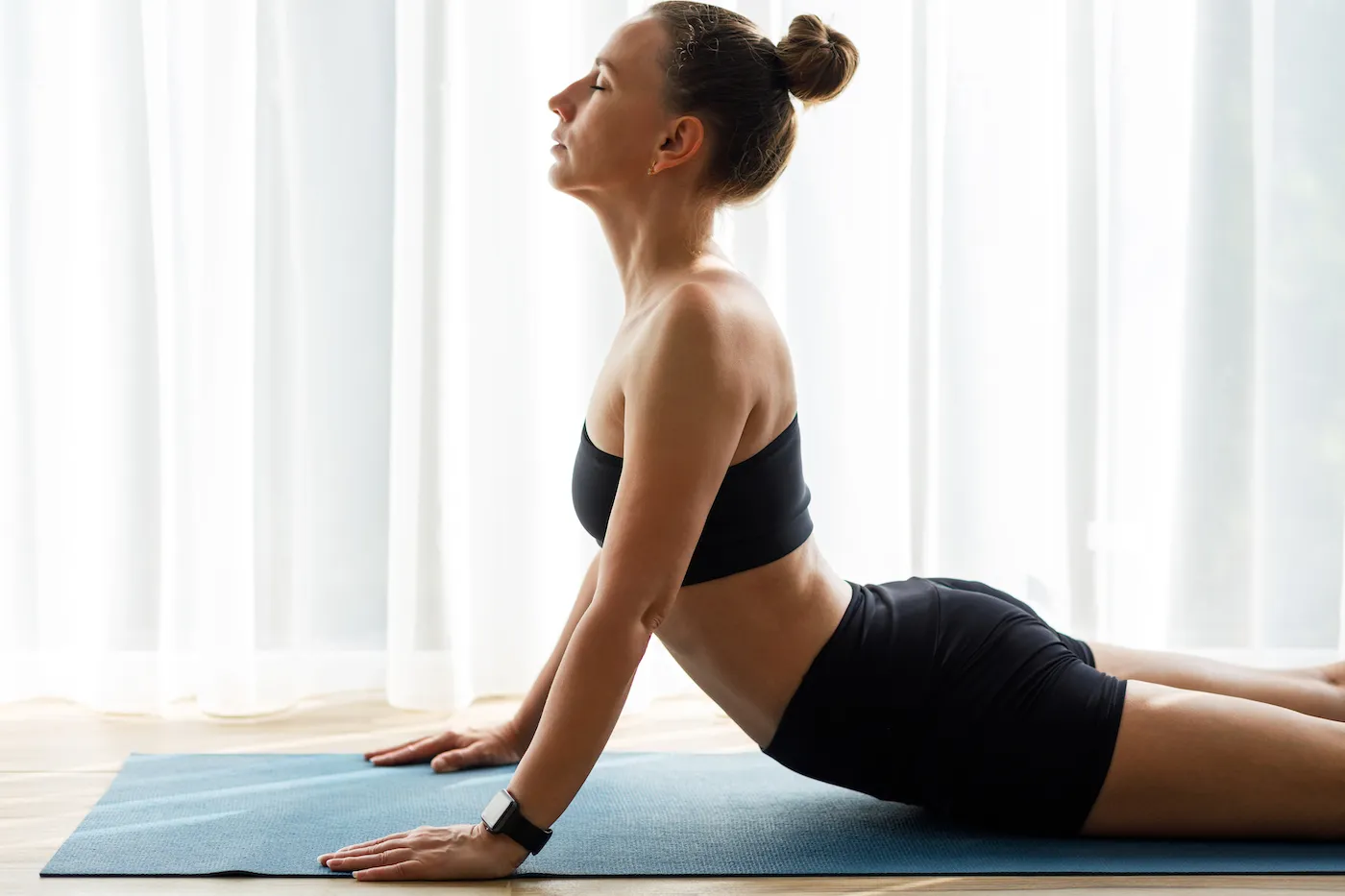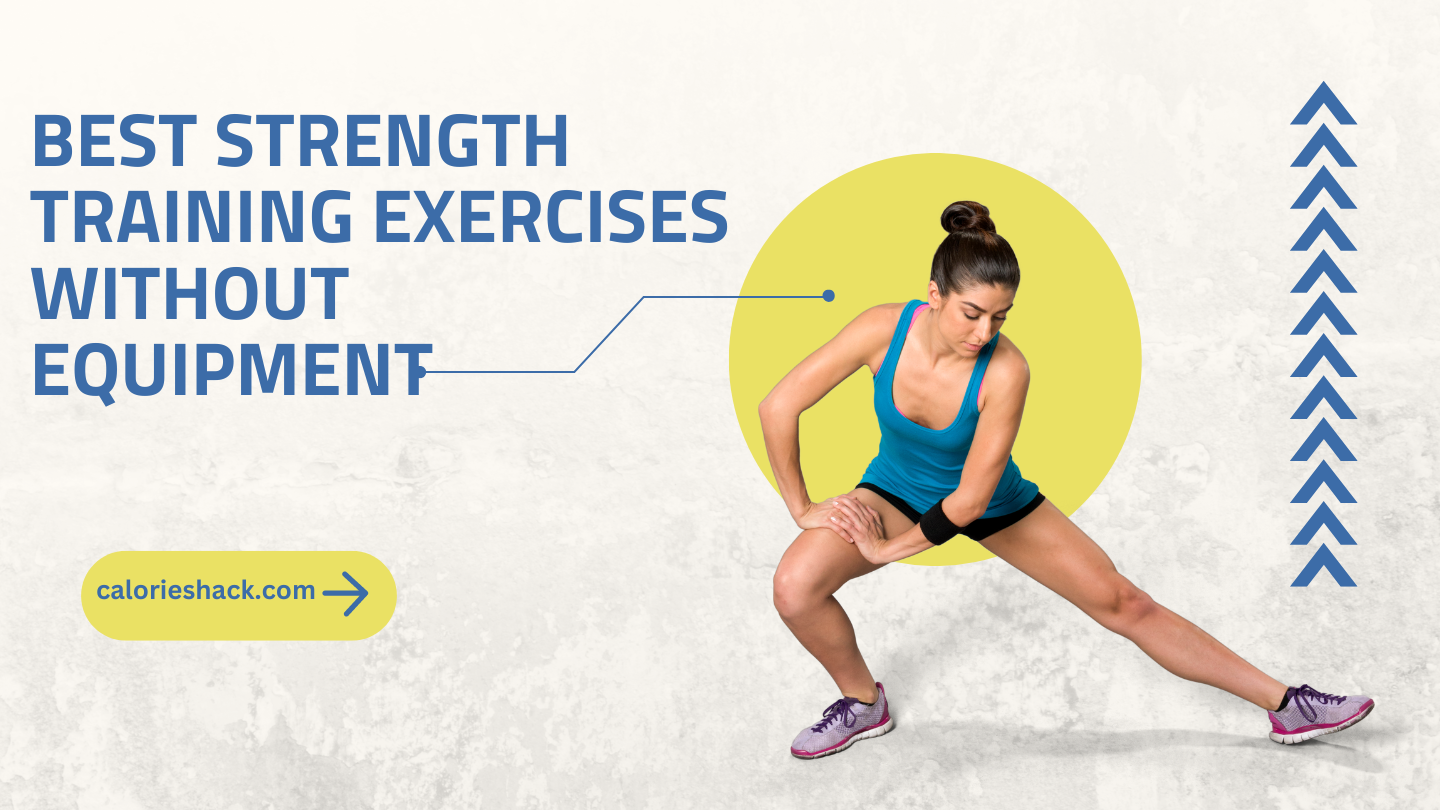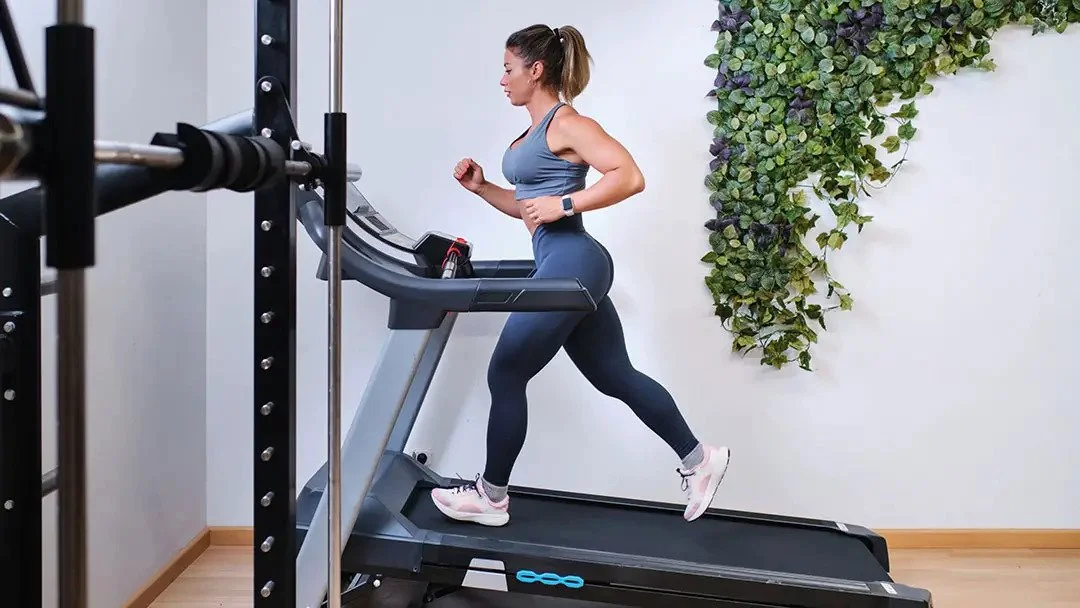Lower back pain can make even the simplest tasks—like bending down to tie shoes or sitting at a desk—uncomfortable. Experts say almost 8 out of 10 people will deal with it at some point. The good news is, with the right stretches, much of this discomfort can be relieved and even prevented.
This guide explains the best stretches for lower back pain relief, step by step, with easy instructions, expert insights, and safety tips. Each stretch includes detailed explanations, beginner mistakes to avoid, and a description that makes it easy to visualize—almost like having an instructor guiding you.
Why Lower Back Pain Happens
The lower back supports the weight of the upper body. When muscles are weak, tight, or stressed, the spine takes the pressure. Some common causes are:
- Prolonged sitting – sitting for hours keeps back muscles stiff.
- Poor posture – slouching at a desk or hunching over phones strains the spine.
- Muscle injuries – sudden twists or lifting heavy items incorrectly.
- Lack of exercise – weak core and hip muscles can’t support the back.
- Stress – mental tension often creates tightness in back muscles.
Stretching works because it relaxes tight muscles, improves blood flow, and restores flexibility.
Read also: How to break a weight loss plateau with fitness
Best Stretches for Lower Back Pain Relief
Let’s go through them one by one.
1. Child’s Pose (Gentle Stretch for Relaxation)
Step-by-Step Guide:
- Kneel on the floor with your big toes touching and knees apart.
- Sit your hips back onto your heels.
- Stretch your arms forward on the floor, palms facing down.
- Lower your chest and forehead onto the mat.
- Hold for 30–60 seconds, breathing slowly.
Picture in Words: Imagine stretching your arms to grab something far ahead while your hips sink back, almost like resting in a shell.
Benefits:
- Relaxes the lower back and spine.
- Reduces stress and tension.
- Gently stretches hips and thighs.
Beginner Mistakes to Avoid:
- Don’t lift your hips too high; keep them resting toward the heels.
- Don’t hold your breath; deep breathing enhances relaxation.
Risks:
Safe for most people, but those with knee injuries should be careful.
2. Knee-to-Chest Stretch (Instant Muscle Relief)
Step-by-Step Guide:
- Lie on your back with both knees bent.
- Pull one knee toward your chest with both hands.
- Keep the other leg relaxed on the ground.
- Hold for 20–30 seconds, then switch sides.
Picture in Words: Imagine hugging one knee close as if pulling it gently to your chest while the other leg rests quietly.
Benefits:
- Stretches glutes, hips, and lower back.
- Relieves pressure after sitting for long periods.
Beginner Mistakes:
- Don’t lift your head or shoulders; keep them relaxed on the ground.
- Don’t jerk your knee in too quickly.
Risks:
Safe, but people with hip replacements should consult a doctor first.
3. Cat-Cow Stretch (Spinal Flexibility Movement)
Step-by-Step Guide:
- Start on hands and knees in a tabletop position.
- Inhale: arch your back, drop your belly, and look up (cow pose).
- Exhale: round your spine upward and tuck your chin (cat pose).
- Repeat 5–10 rounds.
Picture in Words: Imagine your spine moving like a wave—first dipping low like a cow’s back, then arching high like a stretching cat.
Benefits:
- Improves flexibility of the spine.
- Relieves stiffness.
- Improves posture.
Beginner Mistakes:
- Don’t rush; slow breathing is key.
- Don’t let shoulders shrug up to the ears.
Risks:
Generally safe, but avoid if you have wrist injuries (use fists instead).
4. Seated Forward Bend (Hamstring & Spine Release)
Step-by-Step Guide:
- Sit with legs stretched forward.
- Keep your back straight and hinge from the hips.
- Reach toward your toes.
- Hold for 20–30 seconds.
Picture in Words: Imagine folding forward like closing a book, keeping the spine long.
Benefits:
- Stretches hamstrings and back muscles.
- Reduces tightness that pulls on the lower back.
Beginner Mistakes:
- Don’t round the shoulders too much.
- Don’t force yourself to touch toes; go as far as comfortable.
Risks:
Avoid if you have slipped disc or severe sciatica.
5. Piriformis Stretch (Deep Glute & Sciatic Relief)
Step-by-Step Guide:
- Lie on your back with knees bent.
- Cross your right ankle over your left thigh.
- Pull your left thigh toward your chest.
- Hold for 20–30 seconds.
Picture in Words: Imagine creating a “figure four” with your legs and gently pulling it in for a stretch.
Benefits:
- Relieves sciatic nerve pressure.
- Stretches glutes and hips.
Beginner Mistakes:
- Don’t twist the neck; keep head flat.
- Don’t pull too hard—gentle pressure works best.
Risks:
Not suitable if you have recent hip injuries.
6. Pelvic Tilt (Core Strengthener for Back Support)
Step-by-Step Guide:
- Lie on your back with knees bent.
- Tighten your stomach muscles.
- Push your lower back gently into the floor.
- Hold for 5 seconds and repeat 10 times.
Picture in Words: Imagine flattening your lower back to glue it softly onto the floor.
Benefits:
- Strengthens core and supports spine.
- Reduces lower back stress.
Beginner Mistakes:
- Don’t arch your back too much when releasing.
- Don’t hold your breath.
Risks:
Safe for most people.
7. Standing Hamstring Stretch (Easy Daily Stretch)
Step-by-Step Guide:
- Stand and place one heel on a chair or bench.
- Keep your leg straight.
- Lean forward slightly with a straight back.
- Hold for 20–30 seconds.
Picture in Words: Imagine placing your leg on a step and leaning forward to say hello to your foot.
Benefits:
- Loosens hamstrings that pull on the back.
- Reduces stiffness from long sitting.
Beginner Mistakes:
- Don’t lock the knee too tightly.
- Don’t round the back.
Risks:
People with severe hamstring injuries should avoid.
8. Spinal Twist (Gentle Rotation for Flexibility)
Step-by-Step Guide:
- Lie flat with arms out in a “T.”
- Bend knees and let them fall to one side.
- Keep shoulders flat.
- Hold for 20–30 seconds per side.
Picture in Words: Imagine wringing out a towel, but gently twisting your body instead.
Benefits:
- Stretches spine and back muscles.
- Improves flexibility.
Beginner Mistakes:
- Don’t lift shoulders off the floor.
- Don’t force knees too far.
Risks:
Avoid if you have recent spinal surgery.
Read also: How To Improve Athletic Performance For Beginners
Lifestyle Tips for Lower Back Health
Stretches are powerful, but daily habits matter too.
Sit Smart at Work
- Keep feet flat.
- Use a chair with lumbar support.
- Adjust screen to eye level.
Mistakes: Slouching forward or crossing legs too long.
Lift Correctly
- Bend knees, not back.
- Hold objects close to the body.
Mistakes: Twisting while lifting or jerking heavy items.
Stay Active Daily
- Walk 30 minutes a day.
- Avoid sitting longer than 45 minutes without standing.
Mistakes: Staying in one position for hours.
Sleep Right
- Use a firm mattress.
- Sleep on your side with a pillow between knees.
Mistakes: Sleeping on a saggy bed or stomach sleeping.
Manage Stress
- Practice meditation.
- Deep breathing before bed.
Mistakes: Ignoring stress signals that tighten back muscles.
Expert Quotes
Dr. Rajesh Mehra, Orthopedic Specialist:
Back pain is not just about bones; it’s about lifestyle. Stretching, posture, and stress control together provide long-term relief.
Anita Kapoor, Physiotherapist:
The biggest mistake I see is people stretching too aggressively. Gentle, consistent movement always works better than forcing the body.
Conclusion
The best stretches for lower back pain relief are simple, safe, and powerful when done regularly. From child’s pose to spinal twists, these movements bring flexibility, reduce pain, and improve posture. Adding lifestyle changes like sitting smart, lifting correctly, and sleeping well ensures long-term results.
FAQs
Q1. Can stretching replace medicine?
Stretching reduces pain but isn’t a replacement for medical care in severe cases.
Q2. What time of day is best to stretch?
Morning and evening are best, but any time works if done daily.
Q3. Should I stretch if I feel pain?
Stop if you feel sharp pain. Gentle discomfort is normal, but not pain.





.jpg)

:max_bytes(150000):strip_icc()/GettyImages-1309844633-89f5103d59e6469eac2c61e736f663a0.jpg)


